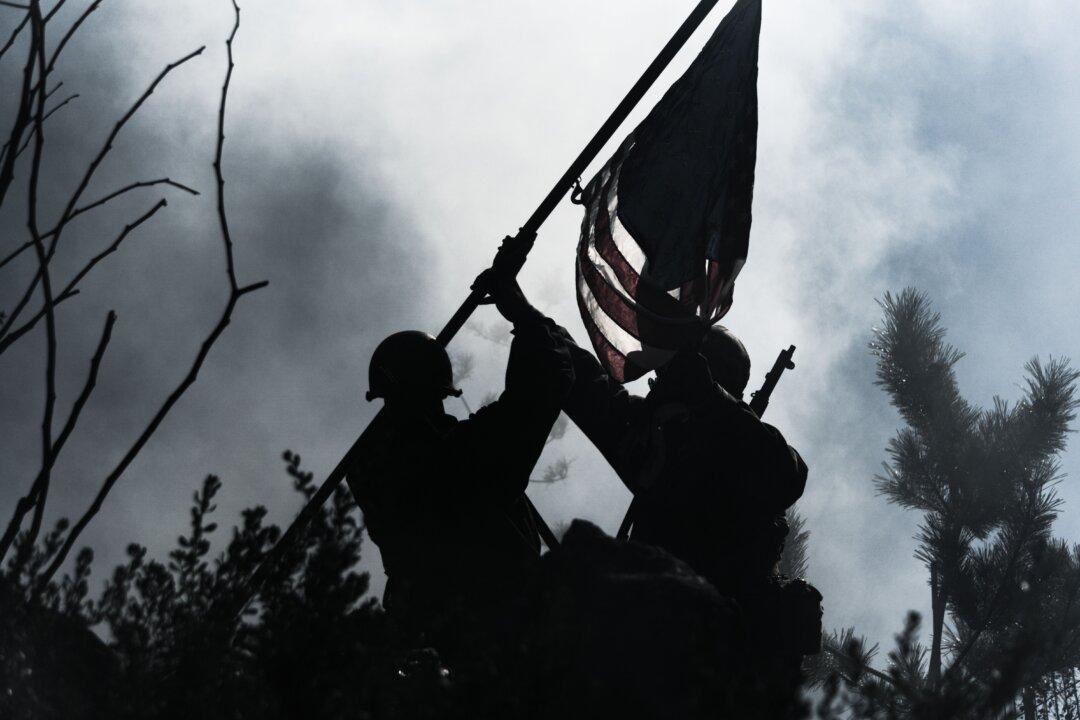Maybe you’re interested in teaching your children more about their country’s past. Maybe you’re a history buff looking for adventure. Or maybe you’re a lover of museums and memorials.
Or maybe, like me, you enjoy reading books about the American story, particularly our military history. You find pleasure and inspiration in Shelby Foote’s “The Civil War,” as I did so long ago, or in David McCullough’s “John Adams,” or the inspirational stories of our World War II veterans in books by Stephen Ambrose.






